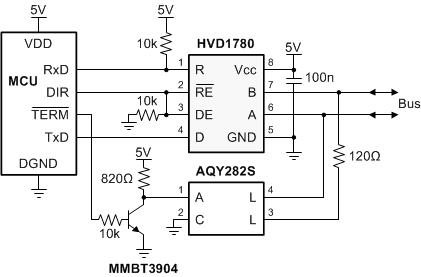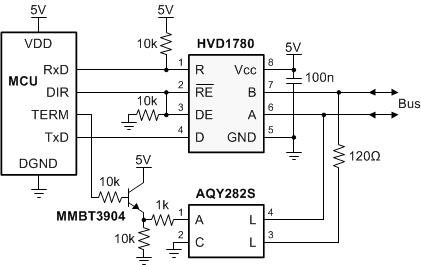I need to know if I need to add anymore termination components to the front end of my RS485 system?
Already using common mode filter, Bi-Direction TVS on each line and between the lines and ferrite beads inline with A and B lines on all nodes.
# of Nodes: 40
Baud Rate: 38.4K
Total Buss Length: 6000ft
Thanks,
Tim



